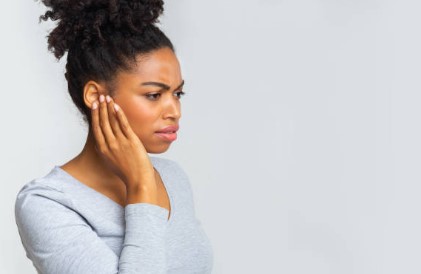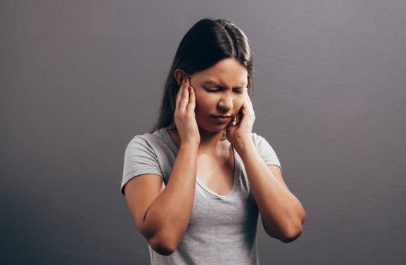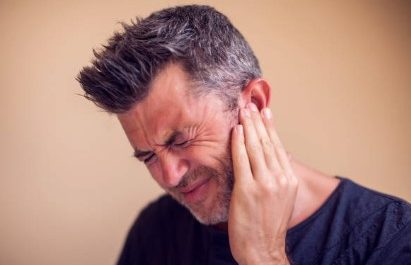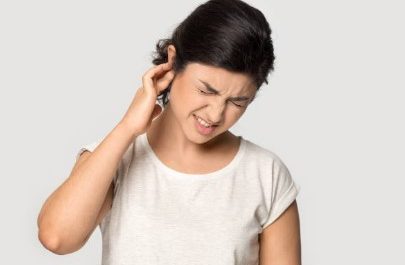There are several types of ear drops that can help relieve pain and treat infection in the ear. Some of the most common ear drops include.
Antibiotic ear drops
These drops contain antibiotics, such as neomycin, polymyxin B, and hydrocortisone. They are used to treat bacterial infections of the ear.
Analgesic ear drops
These drops contain pain relievers, such as benzocaine, lidocaine, and pramoxine. They can help relieve pain associated with ear infections.
Steroid ear drops
These drops contain steroids, such as dexamethasone, and are used to reduce inflammation in the ear.
Vinegar and alcohol drops
These drops are a home remedy that some people use to help prevent and treat swimmer’s ear, which is an infection that can occur when water remains in the ear after swimming.
It is important to consult a healthcare professional before using any ear drops, as some drops may not be suitable for certain individuals or conditions.
Example of Antibiotic Ear drop
One example of antibiotic ear drops is Ciprofloxacin ear drops, which is commonly used to treat bacterial ear infections. Here are the general steps on how to use antibiotic ear drops:
-Wash your hands thoroughly with soap and water.
-Tilt your head to the side so that the affected ear is facing up.
-Gently pull your earlobe down and back to help straighten your ear canal.
-Hold the ear drops in your hand for a few minutes to warm them up to body temperature.
-Carefully instill the prescribed number of drops into your ear canal.
-Keep your head tilted for about 5 minutes to allow the drops to spread throughout the ear canal.
-Use a clean tissue to wipe away any excess drops that may have leaked out of your ear.
-Repeat the same steps for the other ear if both ears are infected.
-Wash your hands again after using the ear drops.
It is important to follow your doctor’s instructions and the dosage recommended on the label of the ear drops. If you experience any adverse reactions, such as severe pain or irritation, contact your healthcare provider immediately.
Example of Analgesic Eardrop
An example of an analgesic ear drop is benzocaine 5%, which is a local anesthetic that can relieve pain and discomfort in the ear. It is important to note that analgesic ear drops should only be used for a short period of time and under the guidance of a healthcare provider.
To use benzocaine ear drops:
- Wash your hands thoroughly.
- Tilt your head to the side and gently pull your earlobe downward to open the ear canal.
- Apply the prescribed number of drops into the ear canal.
- Keep your head tilted for a few minutes to allow the drops to penetrate.
- Use a clean tissue to wipe away any excess ear drops.
It is important to follow the instructions provided by your healthcare provider for the specific ear drops prescribed for your condition.
Example of Steriod Ear drop
One example of steroid ear drops is hydrocortisone ear drops. These drops contain hydrocortisone, a corticosteroid that helps reduce inflammation and itching in the ear.
To use hydrocortisone ear drops:
- Wash your hands thoroughly with soap and water.
- Tilt your head to the side with the affected ear facing up.
- Gently pull the earlobe down and back to open the ear canal.
- Hold the dropper over the ear canal and put the prescribed number of drops into the ear.
- Keep your head tilted for a few minutes to allow the drops to reach deep into the ear canal.
- Repeat the process for the other ear, if necessary.
- Wash your hands again after use.
It is important to follow the instructions given by your healthcare provider or pharmacist for the correct dosage and frequency of use of the ear drops. Do not use the drops for longer than prescribed or share them with others, as this can lead to antibiotic resistance and other complications.





